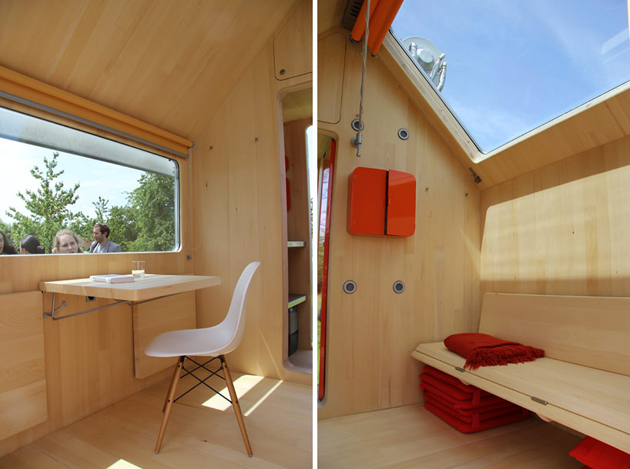How much space does one person need to live in? Since forever architects, designers, builders and engineers have asked themselves the same questions, offering different practical solutions to the problem, while implicitly also posing questions about the nature of human existence within four walls of a structure we might call home. From the nomadic lifestyles embodied in a caravan, to tiny tree houses, the secret refugees of any child, from Le Corbusier’s “Cabanon” to Jean Prouvé’s “Maison Metropole”, these minimal spaces seem to embody an enigmatic quality of a solitary life in retreat, without giving up on the most basic comforts of modern life.
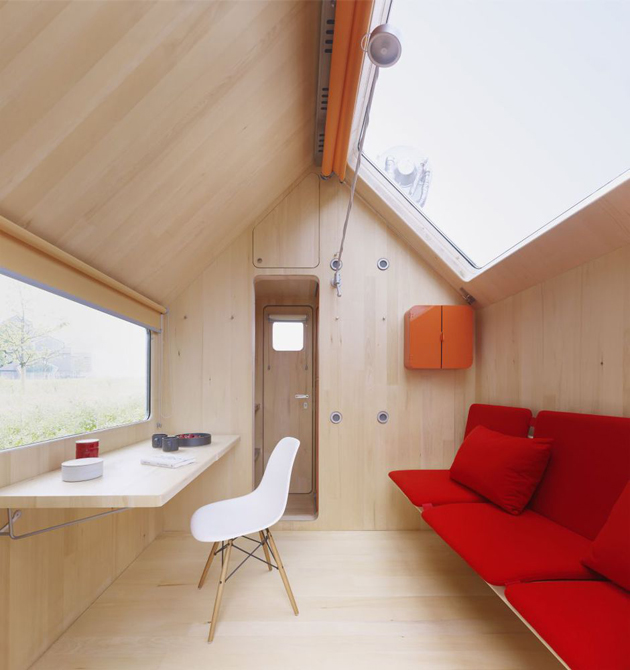
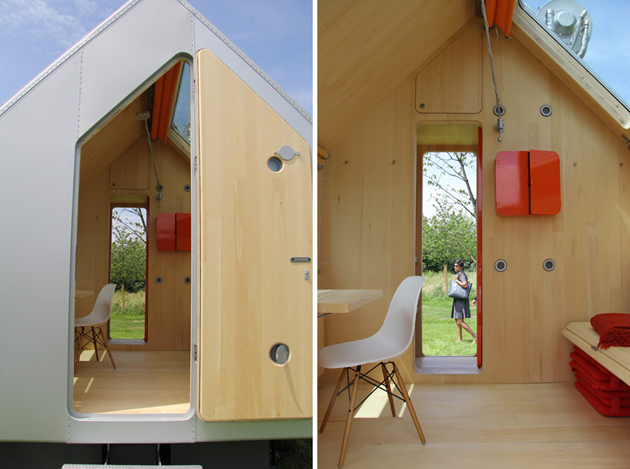
Wheather Renzo Piano had this idea in mind when he started drawing his minimal housing unit, is only an assumption, but it might as well be perfectly correct hearing the name he chose for the project. Diogene borrows its name from Diogenes of Sinope – a controversial Greek philosopher who lived in a jar – and was initially designed by Renzo Piano as a self-initiated project for a “voluntary place of retreat”. It was only after meeting Rolf Fehlbaum, the mastermind behind Vitra, in 2010 that Piano’s dreams about a tiny house, that he cherished since his student days, were finally turned into a real project.
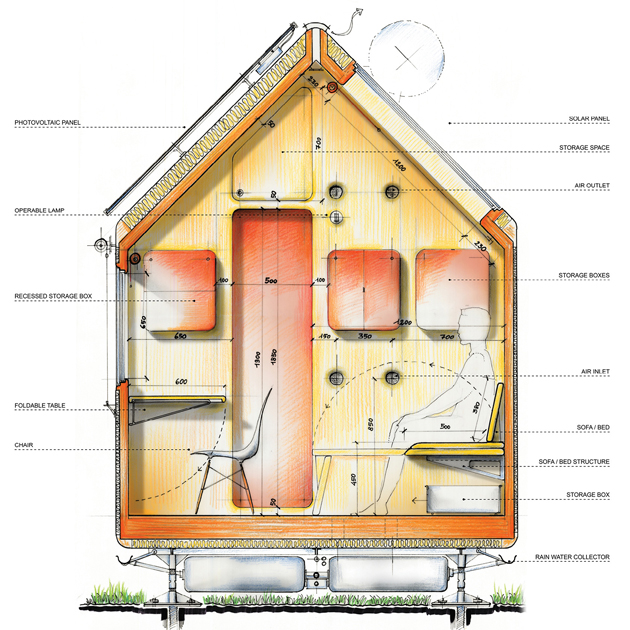
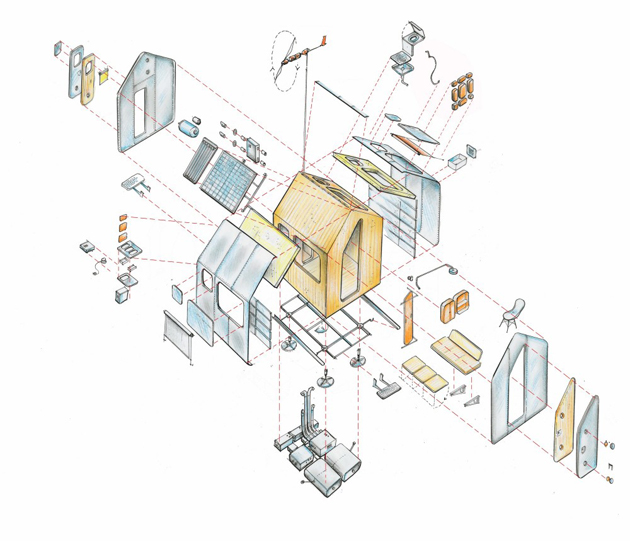
Diogene eloquently continues a long-lasting architectural discussion on the idea of a minimalist house, by developing an ultimately independent unit, where both the water and power supplies are produced by the house itself. With a surface area of 2.5×3 meters when fully assembled, Diogene can be transported and placed anywhere, providing a retreat and a space for reflection, while also functioning as a reminder of what is truly essential in our living environment.
